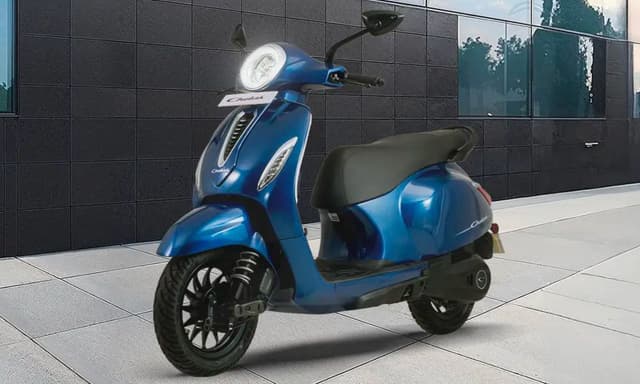FIA Confirms 2026 Engine Formula With Sustainability In Mind

Highlights
The FIA and F1 have now finally confirmed the new engine regulations which will start from the 2026 season. The confirmation of these regulations has been deemed to be critical as the Volkswagen group has predicated the entry of the Audi and Porsche brands in F1 on the basis of their viability. F1 and the FIA for their part have tuned these regulations in a way to attract the storied German automakers into the sport while improving the costs, the viability of the technology for road cars, sustainability and overall impact of the powertrains on the show.
Long story short, starting from 2026, the F1 cars will use significantly less energy and produce net zero CO2 emissions. How is this happening well, here are the details?

No new fossil carbon will be burned: F1 power units will use a new fully sustainable fuel which is synthetic in nature. F1 is doing research and testing with ARAMCO and the end result will be that no new fossil carbon will be burned, but instead, carbon will be derived either from non-food sources, municipal waste or even out of the atmosphere.
Electrical Energy will be tripled: Already, the F1 power units use a combination of a traditional internal combustion engine which is the most efficient one on the planet with an electrical element. Now F1 will further evolve the current 1.6 litres V6 turbocharged internal combustion engine and will marry it with a 350 kW electrical component called the MGU-K (Kinetic Motor Generator Unit) which is almost a 3x increase from the 120 kW unit on the current cars. This will also result in more braking energy.
Same Amount Of Power, Less Fuel: Now, the current generation of cars deploy upwards of 850bhp and the aim of the new regulations is to have performance parity, perhaps a little more with the cars having 1,000 bhp of power on tap. But these figures are rather stagnant from when the turbo hybrid era of F1 engines was first introduced in 2013. F1 is gunning for incredible efficiency. In 2013, the engines needed 160 kg of fuel but that number was brought down to 100 kg by 2020. The cars have also been gaining weight so this was also a reason for the reduction. Now for 2026, F1 aims to reduce the amount of fuel to 70 kg during the Grand Prix. F1 is also looking to move away from controlling the fuel flow pressure through mass flow rate to maximum energy flow rate. This is something many believe Ferrari was caught gaming in 2019 which resulted in its engine woes in 2020 and 2021.
Safety First: The MGU-K now will be enclosed within the chassis next to the battery and the control electronics which means all the high voltage equip the net will be contained within a daffy cell which will make these cars safer than they already are. This is also important as the electrical output of the new cars will be almost three times more. F1 is also committed to recycling as the options for the recycling of batteries have been mandated and at the end of the MGU-K’s life, materials like cobalt will be recycled.
Lower Costs For Manufacturers: One of the elements of the current engines that have caused the costs to go out of proportion is the development of the complex MGU-H (Motor Generator Unit- Heat). It is a technology that Mercedes, Ferrari, Honda and Renault have been working on for now for over a decade and millions have been spent on them. But this technology doesn’t translate to road cars.
Now with the entry of Audi and Porsche in mind and the creation of Red Bull powertrains, the MGU-H has been disbanded. Apart from this, some components have been standardised to bring costs down and avoid duplication of development. Dyno hours have also been constrained but engineers can still use CFD methods to develop as these technologies keep getting enhancements year on year with the help of increased computational power of data centres.
More Challenge For Drivers: The MGU-H eliminated the turbo lag from the hybrid engines and it is believed turbo lag could return which could make the cars harder to control on corner exits. This will mean more variety in strategy and more challenges for the drivers as they will need to decide when to attack or sit back.
Last Updated on August 17, 2022
Related Articles
Latest News
- Home
- News
- Motorsport
- FIA Confirms 2026 Engine Formula With Sustainability In Mind









